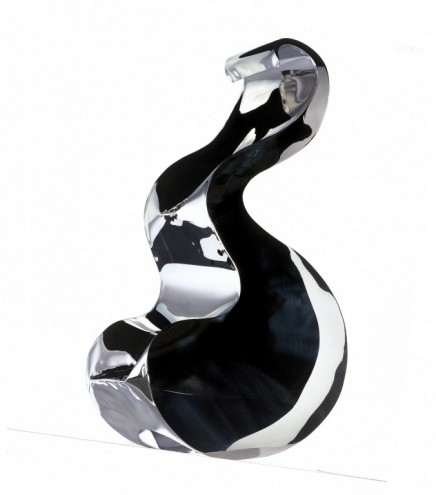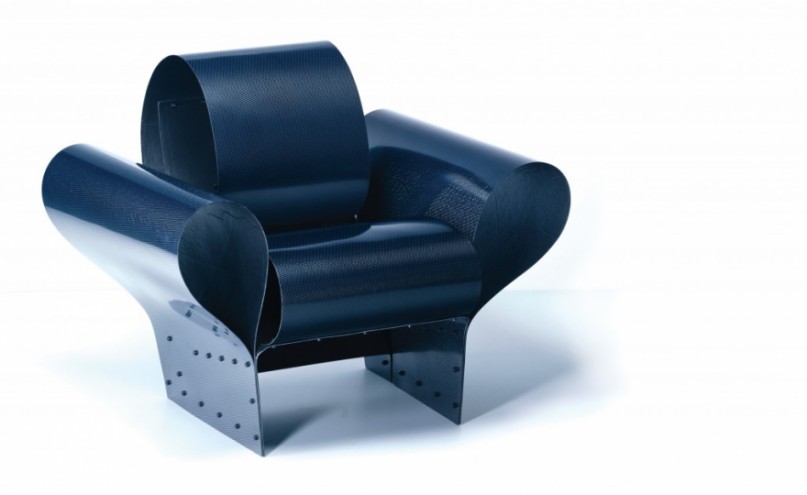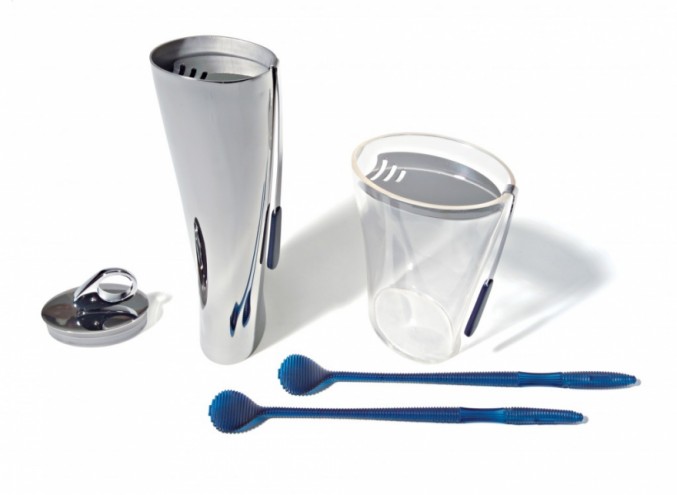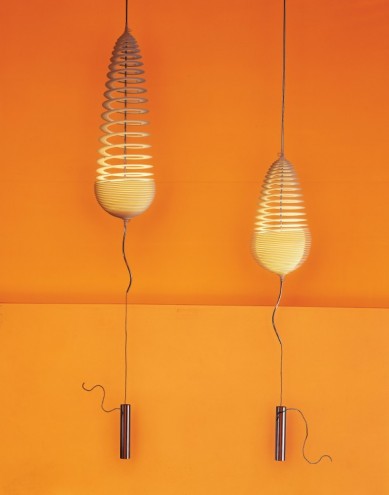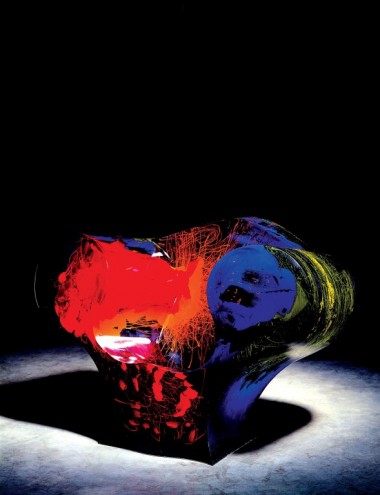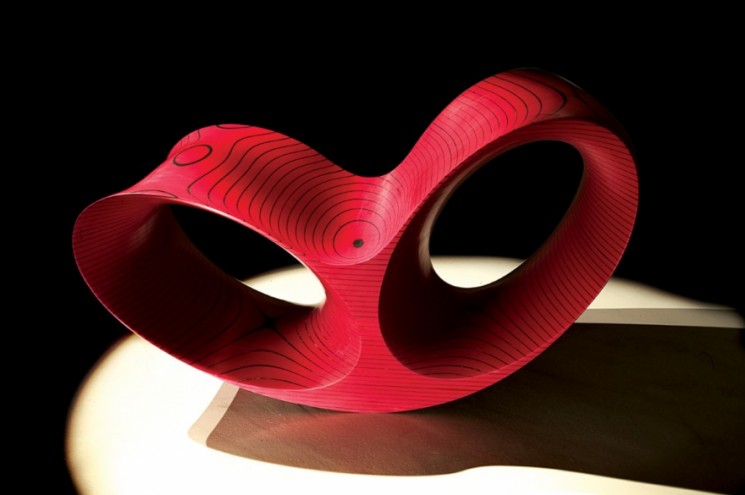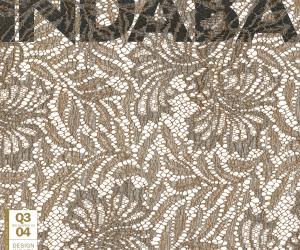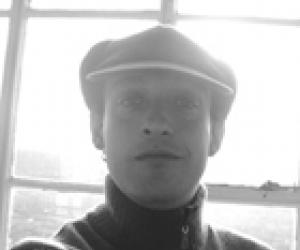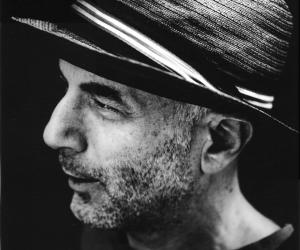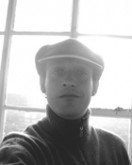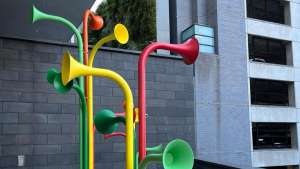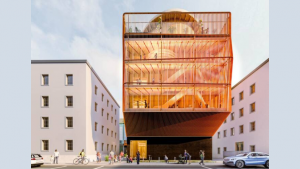First Published in
This interview has been a great excuse to hook up with Ron Arad again. Though I have been a regular visitor to Ron's studio in Chalk Farm, due to working with him on several projects over the last few years, I have not been over to see him and his team for many months.
As usual when you meet with Ron you inevitably get drawn into a personal show of all the studio's recent work. Without exception these shows contain an unbelievable diversity of work, and on this occasion it included previews of key architectural aspects of the new Battersea Power Station refit to experimental fibre optic furniture and installations launched at this year's Milan Furniture Fair. It has been Ron's lack of respect for boundaries, his ability to identify and resolve the fundamental aspect of any project, and his boundless enthusiasm that makes him such an inspirational individual.
I first started work with you on your Before and After Now exhibition at the Victoria and Albert Museum in London in 2000, and while we were putting things together you told me that during the Eighties you were on the front cover of both Face and Id magazines in the same month, and you said you started to get worried about, and started to avoid being trendy. Why did you feel like that?
I feel that the layer of trendiness sort of obscures the real depth, the things that I am really interested in. Though I love parties. Fashion is fickle, fashion is someone telling you this year that the hem line is one inch above the knee - that side of fashion has never interested me. Sometimes what I did in the early Eighties was that month's flavour, but it doesn't mean much, because next month's flavour may be someone you don't think that much of.
When the V&A show opened I was struck by the strength of the individual pieces of work, but what was equally interesting was how stylistically different the work was. What do you see as the threads that run through your work?
The thread is an approach rather than a formal, formalistic thread. Because we are not scared of curves, though we know a straight line is cheaper than a curve, people started saying "organic design". I do not know what they mean by "organic design". There are other designers who put "organic design" on their flag, and then a month later it becomes "minimalist organic design", and maybe next year it will become "minimalist decorative organic".
What is the relationship between your self-initiated projects and commissioned work?
Most of the stuff we do, even for the industry, is self initiated. I'll have an idea for a piece and then I'll think of which company to give it to. Sometimes Alessi might come to us and say could you design equipment for a professional barman. I do not lie in my bath tub thinking "Wouldn't it be nice to take a cocktail shaker and combine it with a ice mixer?" That is just not part of my world.
I get very excited about escaping from boredom. Sometimes a project is fully formed in my mind so I scribble it down, I come here and I have a fantastic team of people who can build it, but sometimes it is a long and patient search. At the base of every project there is a minute spark, but that moment may be followed by three or four years of research.
Has the impact of technology accelerated in recent years or has it been a constant?
Fifteen years ago getting a new argon welder was new technology. It was a new welder that was so much better than the previous welder, and it could do this and it could do that. For me digital technologies has meant I can do a lot more - I have as many projects running parallel as I have computers in the studio. I can work on something on Yuko's desk and then walk two steps to Yuki's desk and work on something completely different. Things have just got faster. I couldn't be a photographer because the time between the click and the print is too long. I thought at one point maybe I could be a polaroid photographer. Now I do a project, and before it exists you see a photograph of it, which is even better than polaroid cameras. It all helps, you get immediate feedback and instant gratification. It has to be said the more sophisticated the technology and the better the machine gets the less machine-like the final product is. And sometimes you look back and you see something the computer is suggesting, and you say AH!
Though you have made your name mainly through product and furniture design I know a great deal of your recent work is architectural, the area of practice you started in. Is there a great difference between the two areas?
Architecture just takes a lot more time. We are lucky as an architectural practice that we do not have to do less than interesting work to keep us ticking over. There are small differences in the nature of the process. With architecture you are dealing with a lot more people - the client, the neighbours, the fireman etc. It is something I always wanted to do, but I don't really like the profession so much. I grew up in a period when there wasn't much building happening in England, and the architectural drawing was the final result. Now I have films, the end result very fast and then later things get built, fantastic.
Once again Ron has reaffirmed my belief that a designer should be able to move fluidly between several areas of practice, a thing I criticise in myself, in my darker hours, as a "jack of all trades, master of none" avoidance strategy.
It is impossible in such a short article to really broach the breadth, depth, and impact of Ron's work. Personally I am extremely excited that he has accepted the invitation to Design Indaba 8. I can almost taste the impact of Ron on South Africa and vice versa.

